The Fellows formulated community-specific work plans based on the VIPP methodology
- dunjamijatovic
- Jul 5, 2019
- 3 min read
Learning through personal experiences and resources always goes down better as compared to a one-way training. Over the span of 2 days, VIPP facilitator and trainer, Timmi Tillmann, interacted with the Fellows and trained them on the Visualisation in Participatory Programme (VIPP) via exercises that involved Fellows sharing their individual experiences and knowledge. This was then used to formulate work plans for indigenous food systems, specific to the Fellows’ respective communities. The interactive and fun learning session made it easier for the Fellows to learn about the concept of VIPP facilitation and introduce it into their work plans.
4th July,2019:
Before the start of the session, participants were asked to introduce themselves by selecting one favourite food rather than introducing themselves only with their names. This was a good step for participants to reflect on their respective local environments, which also became a good ice-breaking step.
For better understanding of the VIPP concept, a small video was screened and the participants were asked to analyse based on the following criteria which are the key pillars of the VIPP methodology:
Group dynamics
Intercultural dialogue
Facilitation
Visualisation
In short, Fellows were informed that VIPP is a people-centered methodology for conducting group events. It follows the principles of:
Action- Reflection- Action.
Before practicing the VIPP facilitation, participants were asked to share atleast three major threats/problems for future facilitation. The threats were summarised into four sections:
Need for behaviour change
Facilitator to mobilise resources
Lack of community participation
Community issues like time, leadership, etc.
Based on the above threats, each participant had a chance to practice the VIPP tools. The main aim was to help the Fellows gain confidence while practicing this tool. The practice was also intended to help Fellows have a better understanding of the concept. To aid this, a manual was discussed and distributed to all the Fellows.
5th July,2019:
Before designing the work plan, the Fellows were asked to make a poster of their own indigenous food systems by taking the following points into consideration:
Name of the community
Role of the facilitator at the community
Description of their own indigenous food systems
Discussion about the threats/damages experience
Wealth of their respective culture
This exercise helped the Fellows gain a better understanding of their own systems. To further enhance the scope of their work plan, a tool called ’12 steps design’ was applied. Within a span of two hours, the Fellows came out with their individual work plans, and the same was shared and discussed.Table: 12 steps design
1. Antecedents (Background)
2. Topic and context
3. Objectives and outcome
4. Time/duration
5. Participants (Gender)
6. Facilitation team
7. Venue
8. Programme structure
9. Script (process, method and content)
10. Social events like dinner,exposure
11. Documentation
12. Work plan (Check list)
At the end of the session, participants were asked to brainstorm on the three areas (Capacity Building of VIPP, TIP and IFCA). The discussion led to the following key recommendations which can become a follow up action for The Indigenous Partnership (TIP).Areas RecommendationsCapacity building VIPP
– Country wise training of VIPP facilitation
– Develop core group that would offering VIPP training
– Include audio-video in VIPP facilitationThe Indigenous Partnership (TIP)
– Influence Government
– Organize indigenous conferences
– Provide technical support to Fellows
– Connect Fellows through collaborative actions (Work plans)Indigenous Food Community Alliance (IFCA)
– Connect with other global alliances
– Voice the concerns of indigenous peoples through various media tools like Participatory Videos and community videos
– Raise indigenous issues through various platforms like The Committee on World Food Security (CFS),United Nations Permanent Forum on Indigenous Issues etc.
The Fellows intend to further explore and use the VIPP tool… “I will use Visualisation in Participatory Programme (VIPP) in mobilising and sensitising the issues that my communities would like to address.”- Merrysha Nongrum “I need more time to further explore this tool. I really enjoyed this training which I can use for my future programme.”- Yani Nofri “I want to learn more of VIPP tools for mobilising people that will eventually lead to movement building” – Chenxiang Rimchi Marak “This can become a powerful tool to work with our communities.” – Edgar Monte





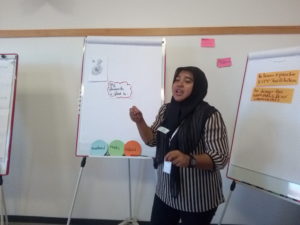
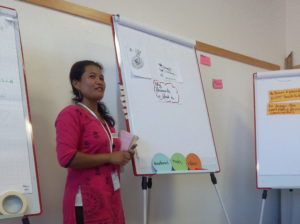
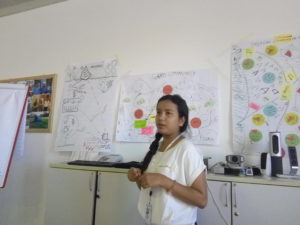
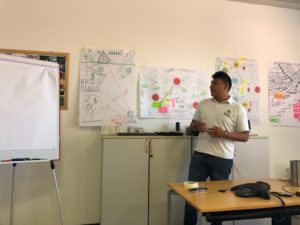
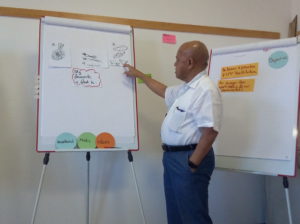
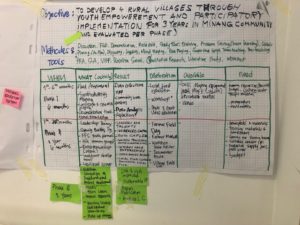
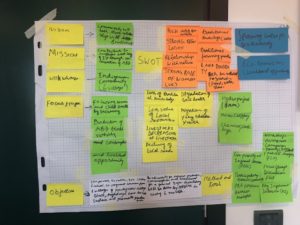

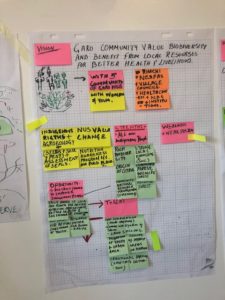

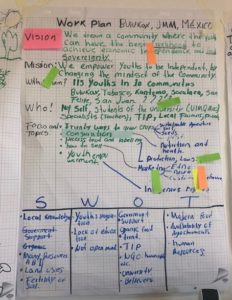



Comments